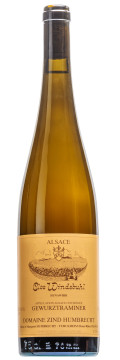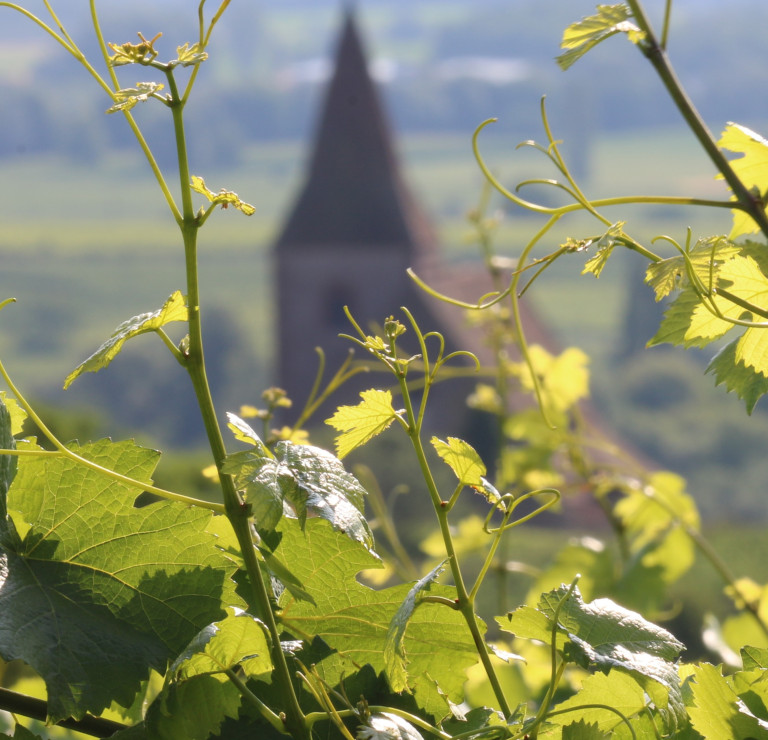
Technical presentation
| Bottling : | September 2010 |
|---|---|
| Acquired alcohol : | 13.5° |
| Residual sugar : | 62.0 g/l |
| Total acidity : | 2.7 g/l H2SO4 / (4.2g/l Tartrique) |
| pH : | 3.8 |
| Yield : | 45 hl/ha |
| Optimum tasting : | 2014-2031+ |
| Average age of vines : | 39 years |
| Terroir : | Clos Windsbuhl |
| Sweetness index : | 5 |
| Available for sale : | Yes |
| Soil : | Muschelkalk calcareous, South/South East facing |
Description of the wine Gewurztraminer Clos Windsbuhl 2009
Most vintages we usually worry (for nothing, really!) about the potential ripeness of the gewürztraminers in this late ripening vineyard. Even if the Windsbuhl is capable of catching up late in the season, there is always some fear that something may go wrong in September. In 2009, there was no doubt; this was the year of the Windsbuhl! Everything was there to help perfect ripeness: the altitude, proximity of the forest and its cooling effect, the poor thin rocky calcareous soil and its cracks, allowing the roots to grow deep, and, more importantly, the quality of the clay and minerals produced by the Muschelkalk limestone. The grapes were harvested ripe, healthy and produced a wine that fermented very slowly (the slowest for this grape variety in 2009) and finally stopped with some important residual sweetness. It doesn’t show the highest acidity on the analysis report, but tasting the wine shows how well balanced it is. Figure! In bio-dynamie, we speak about the information of the acids. The wine speaks about acidity without necessarily having a lot.

Tasting notes
02/2011 : The nose shows an elegant combination of fruity aromas (litchi, mango) and complex flowers. There is a sense of ripeness there that doesn’t betray the origin of the grapes. The Windsbuhl is already quite expressive, but remains delicate and well structured, which is the signature of its limestone origin. The palate is long, unctuous, no broad but persisting. Already very pleasurable, it should continue to develop and will show more spicy/earthy aromatics with further cellaring.

The Clos Windsbuhl of Hunawihr
The altitude of the vineyard coupled with Hunawihr’s tardy climate means that the Clos Windsbuhl is often one of the last of our vineyards to be harvested. This explains the aromatic quality of the Clos’ wines and the consistent balance of acidity, a guarantee of good ageing. Although often harvested late, the Windsbuhl grapes are only rarely botryitized, doubtless due to the altitude of the vineyard, but nevertheless often reach high levels of maturity.